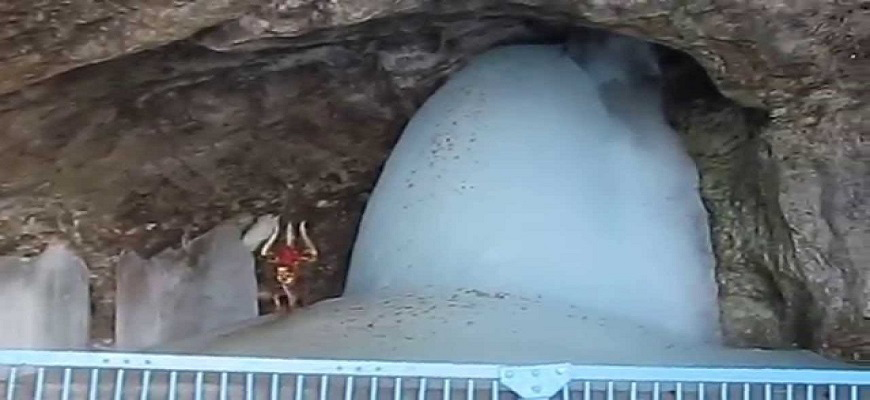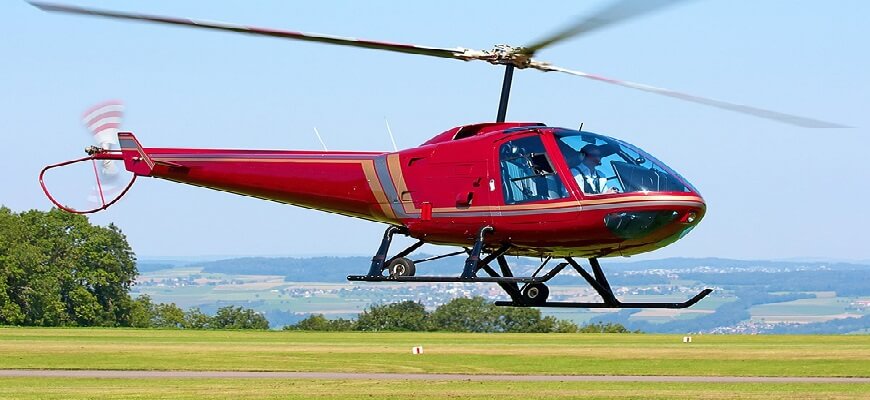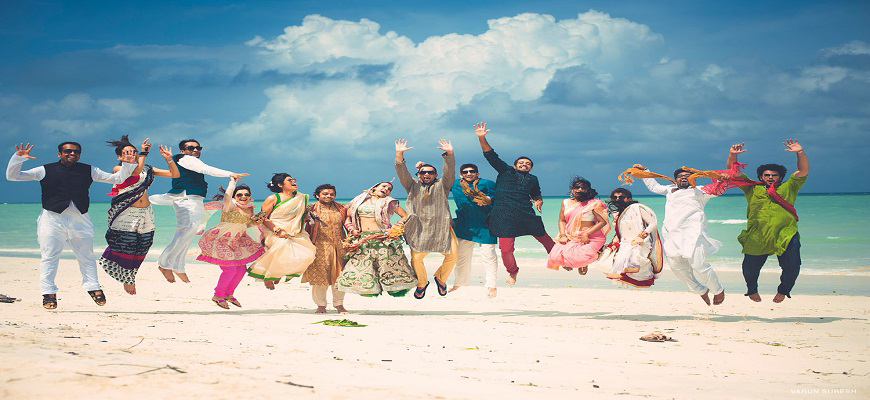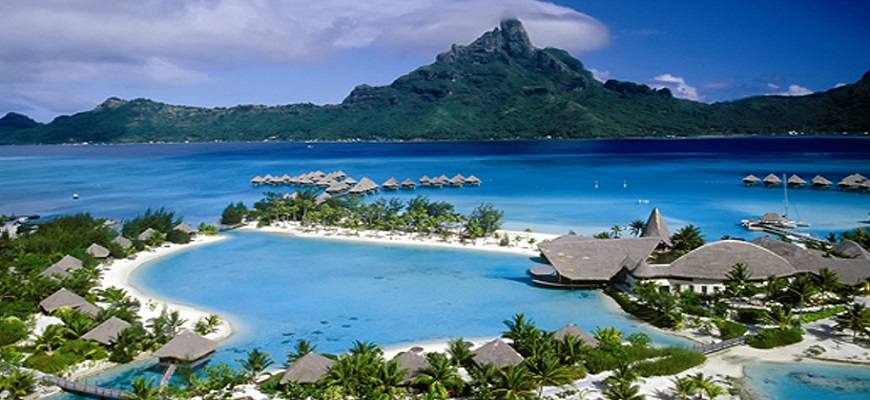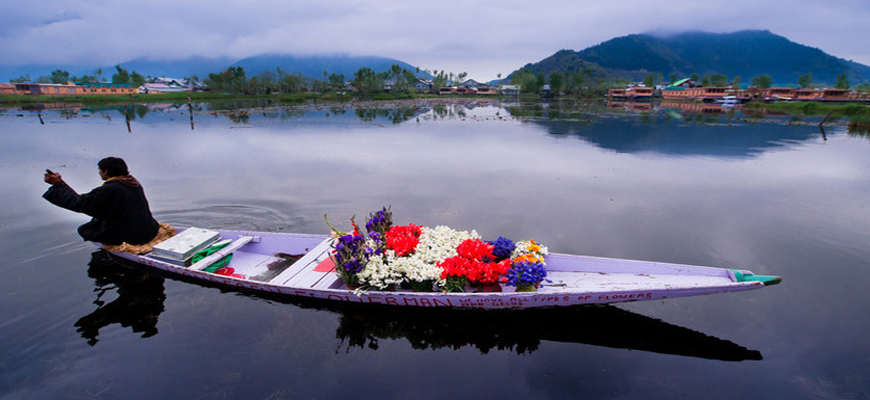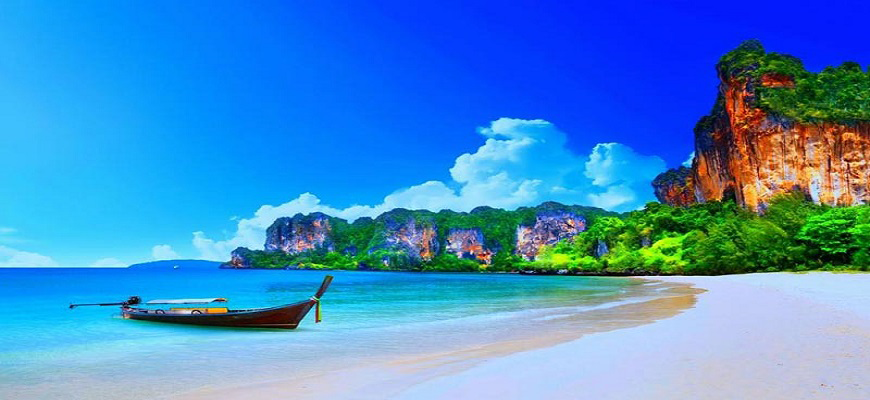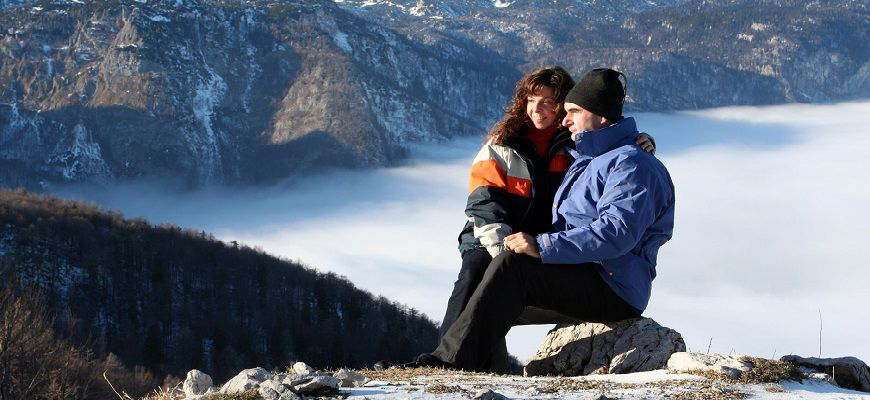
Quick Contact Us
Fill the form to know more about the package. Our Representative call you shortly.

Day 01: Delhi - Haridwar (230 kms/5-6hrs) HT : 314 MTS
Strat your Journey from delhi ot Haridwar, Visit Ganga Ghat and Night Stay.
Day 02: Haridwar - Barkot (210kms/7-8hr) HT : 1352 MTS.
Drive to Barkot via Mussoorie, enroute visit Kempty Fall (Suggestible to have your lunch at Kempty fall as further no good restaurants are available before Badkot). Later drive straight to Barkot, transfer to your Hotel. Rest of the day is free to relax and store your energy for the Pahad (hiII) Yatra of Yamunotri the next day. Overnight stay at Barkot.
Barkot is known for its scenic natural beauty. Located at the confluence of Yamuna and tons rivers. At an elevation of over 4,000 ft, apple orchards ringed by the Himalayan range. Barkot offers panoramic views of the snowcapped mountains of Bandar Poonch. Barkot is an important stopover en route to Yamunotri and Gangotri, among the four Char Dham Pilgrimages.
Weather - Generally pleasant in summer, the temperature ranges from 25-30 degree Celsius, Winter: The Days are pleasantly cool but the nights are cold,temp ranges from 10 deg to 05 deg.
Day 03: Barkot - Yamunotri - Barkot {38kms drive & 6kms Trek (one side)} HT : 3291 MTS.
Early morning,Drive to Jankichatti/Phoolchatti, trek start from here to Yamunotri (6kms). Either by walk or by horse or by Doli at own cost. The trek passes through lush green valley, a profusion of conifers, rhododendrons, cacti and several species of Himalayan shrubs.
Arr. Yamunotri, One can cook rice by packing it in a cloth and dipping it in the hot water of the hot kund. Pilgrims take this cooked rice home as "Prasad". Here near the temple "Pooja" can be offered to Divya Shila, After taking bath in Jamunabai Kund's warn water and having "Darshan" of pious "Yamunaji" returning to Jankichatti. Return back to Barkot, Overnight stay.
Yamunotri, the western most shrine of the Char Dhams, is dominated by Banderpunch (6,361 m). Yamunotri is the source of the river Yamuna, the twin sister of Varna, the Lord of Death. Yamuna is also the daughter of Surya the Sun. The actual source of the river originates from Champasar Glacier 1 km a head of the shrine, at an altitude of 4,321 mts.
Yamunotri Temple: Maharani Gularia of Jaipur built the temple in the 19th Century. It was destroyed twice in the present century and rebuilt again.
Surya Kund: There are a Number of thermal springs in the vicinity of the temple, which flows into numerous pools. The most important of these is Surya Kund.
Divya Shila: A rock pillar, worshipped before entering the Yamunotri Temple.
Weather - In summer the maximum temp is 18 degrees and the minimum is 10 degrees Celsius. The days are pleasantly cool but the nights are cold.
Day 04: Barkot - Uttarkashi (90kms/4hr) HT :1352 MTS.
Drive to Uttarkashi. Visit Vishwanath Temple & Others. Check in Hotel. Rest day at leisure. Night Halt.Uttarkashi is home to a number of ashrams and temples and also to the Nehru Institute of Mountaineering. The name of the town reflects its similarity to and location (as north of) the city of Kashi (Varanasi). Similar to Varanasi, town of Uttarkashi is situated on the Ganges, lies next to a hill named Varun Parvat, on confluence of two rivers Varuna and Asi, has a ghat called Manikarnika Ghat and has a temple dedicated to Shiva (Kashi Vishwanath) in the center of the town.
Vishwanath temple - Vishwanath temple is one of the oldest Shiva temples in Northern India. Re-constructed in 1857 by Maharani Khaneti Devi of Tehri State in the ancient architectural style. It is situated at the heart of the town. A massive iron trident, symbolic of divine mother’s, is erected and worshiped from time immemorial at the temple complex. Ganeshji, Sakshi Gopal, Markandeya Rishi’s small shrines are also part of the temple complex. Akhand Jyoti as well as Akhand Abhishek, special aarti at morning and evening are offered. As per Skunda Puran, Uttarkashi is known as ‘Saumya Varanasi’, the abode of Lord Shiva in Kaliyug and counted as one of the twelve Jyotirlingas.
Shakti temple - Right in front of the Vishwanath temple is Shakti temple. It has a big ‘Trishul’ of about 6 meters in height and a circumference of 90 cms. at bottom. Though there are different views about the making of this, the upper part of it seems to be made up of iron and the lower one is of copper. As per the epics this Shakti was thrown on the devils by the Goddess Durga(Shakti), hence it gets its name. Since then this Shakti is erected over here
Weather - Generally hot in summer, the temperature ranges from 30-35 degree Celsius but nights is pleasant, Cold in winters.
Day 05: Uttarkashi - Gangotri - Uttarkashi (100kms/3-4 each side) HT : 3048 MTS.
Early morning drive to Gangotri, enroute at Gangnani take a holy dip in Garam Kund, further drive to Gangotri via beautiful Harsil Valley. Harsil is famous for its nature beauty and for the majestic views of the Deodar trees, and mountains. On arrival at Shree Gangotri, take a holy dip in the sacred river Ganges which is also called Bhagirathi at its origin. Perform Pooja and Darshan, after that relax for some time in the lovely surroundings. Return back to Uttarkashi. Overnight stay at Uttarkashi.
Gangotri Temple: The temple, constructed by the Gorkha General Amar Singh Thapa in the 18th Century, is situated on the right bank of Bhagirathi.
Submerged Shivling: Submerged in the river, this natural rock Shivling is the place where, according to mythology Lord Shiva sat when he received the Ganga in his matted lock. It is visible in winter months when water level decreases.
Kedar Ganga Sangam: Around 100 Yards from the Ganga Temple flows the river Kedar Ganga. Starting from the Kedar Valle, this river meets the Bhagirathi on its left bank.
Day 06: Uttarkashi – Guptkashi (220kms/8-9hr) HT : 1319 MTS.
Drive straight to Guptkashi via Moolgarh & Lambgoan. Enroute you can see the beautiful river Mandakini at Tilwara. The Mandakini river comes from Kedarnath, drive alongside the river to reach Guptakashi. On arrival Check In at the Hotel, evening visit Ardh Narishwar Temple. Overnight stay at the Hotel.
The name Gupt Kashi means "Hidden Benares. Mythology describes how when the Pandava brothers were searching for a glimpse of Shiva, Shivji first concealed himself at Gupt Kashi, but later fled from them further up the valley to Kedarnath, where the Pandavas finally got their wish fulfilled. There are more tangible connections as well-the Kedarnath pandas (hereditary pilgrimage priests) live in Gupt Kashi during the winter months, and after the Kedarnath temple closes for the winter, the image of Kedarnath passes through Gupt Kashi on its way to Ukhimath (across the valley), where it stays for the winter.
Weather - Generally pleasant in summer, the temperature ranges from 25-30 degree Celsius. Cold in winters.
Day 07: Guptkashi - Kedarnath (30kms by road & 19kms Trek)
Early morning, drive to Sitapur/ Sonprayag, transfer to Gaurikund (By Local Jeep – at own), trek start from Gaurikund to Kedarnath (3584 mts) by Pony / Doli. Tour members should carry personal medicines, heavy woolen, toiletries and clothes for an overnight halt at Kedarnath. Visit Kedarnath Temple. Overnight stay.
Kedarnath: The Kedarnath shrine, one of the 12 jyotirlingas of Lord Shiva, is a scenic spot situated, against the backdrop of the majestic Kedarnath range. Kedar is another name of Lord Shiva, the protector and the destroyer. According to legend, the Pandavas after having won over the Kaurava in the Kurukshetra war, felt guilty of having killed their own brothers and sought the blessings of Lord Shiva for redemption. He eluded them repeatedly and while fleeing took refuge at Kedarnath in the form of a bull. On being followed he dived into the ground, leaving his hump on the surface. The remaining portions of Lord Shiva appeared at four other places and are worshipped there as his manifestations. The arms appeared at Tungnath, the face at Rudranath, the belly at Madhmaheshwar and his locks (hair) with head at Kalpeshwar. Kedarnath and the four above-mentioned shrines are treated as Panch Kedar.
Day 08: Kedarnath – Guptkashi (19Kms Down Trek & 30kms/1hr by Road)
Early morning you get up before dawn and after taking bath you are at the temple by 4:45 am for the 'Abhishek’ to Kedarnath Shiva. Everyone can go inside Garbha Griha and touch the idol. You can also prostrate with your head touching the deity etc. After Temple Darshan trek down to Gaurikund, return back to Sonprayag (By Local Jeep – at own). Further drive to Guptkashi. Check in Hotel. Night Halt.
Day 09: Guptkashi - Badrinath (215kms/7hr) HT : 3133 MTS.
Drive to Badrinath via Joshimath. Check in Hotel. Later at evening visit Badrinath Temple for Aarti. Overnight stay.
Badrinath one of the 'Four Dhams' is one of the most celebrated pilgrimage spots of the country and is situated at an elevation of 3,133 meters, guarded on either side by the two mountain ranges known as Nar & Narayan with the towering Neelkanth Peak providing a splendid backdrop. This revered spot was once carpeted with wild berries. Thus the place got the name "Badri van", meaning "forest of berries".
Tapt Kund : Natural thermal springs on the bank of the river Alaknanda, where it is customary to bathe before entering the Badrinath temple.
Narad Kund : A recess in the river, near Tapt Kund, forming a pool from where the Badrinath idol was recovered.
Brahama Kapal : A flat platform on the bank of river Alaknanda. Hindus perform proppitiating rites for their deceased ancestors.
Sheshnetra : 1.5kms. away is a boulder having an impression of the legendary serpent, better known as the Sheshnag's eye.
Charanpaduka : 3kms. away is a beautiful meadow where the footprint of Lord Vishnu is seen on a boulder.
Mata Murty Temple : Devoted to the mother of Sri Badrinathji. Other important temples include Sesh Netra Temple, Urvashi Temple and Charanpaduka.
Mana Village : Inhabited by an Indo-Mongolian tribe, it is the last Indian village before Tibet.
Vasundhara : As the name suggests, vasundhara is a magnificent water fall. This place is 5 kms. from Badrinath out of which 2 kms. is motorable upto Mana.
Bhim Pul : On the other side of Mana village, a massive rock forming a natural bridge, lies over the roaring Saraswati river. It presents a spectacular view of water thundering down through the narrow passage under the rock and is believed to have been placed there by Bhim, the second eldest among the five Pandava brothers.
Vyas Gufa (cave) : Near Mana Village, this is a rock-cave where Ved Vyas is believed to have composed the Mahabharata and the pauranic commentaries.
Day 10: Badrinath – Rudraprayag (160kms) / Kirtinagar (200kms)
Early morning, pilgrims after having a bath in the Taptkund have the Darshan of Badrivishal. Brahamakapal is significant for Pinddan Shraddh of ancestors (Pitrus). There are other interesting sightseeing spot like Mana, Vyas Gufa, Maatamoorti, Charanpaduka, Bhimkund and the "Mukh" of the Saraswati River. Just within the three kms of Badrinathjee. Later drive back to Rudraprayag / Kirtinagar via Joshimath. Check in Hotel. Overnight stay.
Joshimath is situated on the slopes above the confluence of the rivers Alaknanda and Dhauliganga. Of the four 'Maths' established by Adi Shankaracharya, Joshimath is the winter seat of Badrinath. The idol is brought down to Joshimath and installed in the temple for people to worship. There are many other temples in the township. The most important is the temple of Nir Singh with the idol of Lord Vishnu. The left arm of this deity is getting destroyed with time and the popular belief holds that the day the arm completely withers Badrinath valley will cease to exist and the Gods will transfer the residence into the neighboring Niti Valley at Bhavishya Badri.
Day 11: Rudraprayag – Rishikesh (140kms/4-5hr) / Kirtinagar – Rishikesh (110kms)
Drive to Rishikesh, the 'place of sages' is a celebrated spiritual town on the bank of Ganga and is surrounded by Shivalik range of the Himalayas on three sides. It is said that when Raibhya Rishi did hard penances, God appeared by the name of " Hrishikesh " and this area hence firth came to be known as Rishikesh.
Check in Hotel. Later visit Rishikesh Temples & Sight Seeing – Laxman Jhulla, Ram Jhulla, Triveni Ghat, Bharat Mandir, Shivananda Ashram. At evening visit Ganga Aarti at Parmarth Ashram. Overnight stay.
Bharat Mandir: The Bharat Mandir is the oldest temple of Rishikesh, situated near the Jhanda Chowk. Rishi Rabhya did his penance at this holy spot and the place is devoted to Lord Vishnu. A spectacular sacred Shree Yanthra is placed at the inner canopy of the temple. Bharat Mandir celebrates colourful spring festival called 'Basant Panchami'.
Laxman Jhula: Lakshman Jhula is on of the main attraction of Rishikesh. It is 450 ft long hanging bridge on the river Ganga which was built in 1939. According to myths and legends Laksman, brother of Lord Rama crossed Ganga River on a jute rope from this point. The 13 storied temple is located near Lakshman Jhula where the idols of several Gods and Goddesses are kept. The bridge gives a magnificent view of the Ganges, greeting you with the cool breeze from the river.
Ram Jhula: Ram Jhoola connects Swargashram with Shivananda Ashram. Several ashrams are located near Ram Jhoola. Ram Jhoola is bigger than Laxman Jhula and even more picturesque.
Day 12: Rishikesh - Hardwar - Delhi (250kms/6-7hr)
Drive back to Delhi. On Arr. Delhi, transfer to Railway Station / Airport. Tour Terminate
HOTELS
TRANSPORT ( INNOVA / CRETA )
MEAL AS PER PLAN
REGISTRATION
ALL PARKING FEES AND PERMIT CHARGE
HELICOPTER TICKETS
PONY DOLLY AND OTHER EXTRA ACTIVTY
PAYMENT TERMS
v The booking will be confirmed with 50% of the total amount.
v Remaining amount has to be deposited 30 days prior to the date of journey.
v 100% Payment of the Helicopter & VIP Darshan is important at the time of booking.
CANCELLATION POLICY
Following cancellation charges need to be paid in case of cancellations by the passengers:
v Helicopter & VIP Darshan bookings are Non Amendable & Non Refundable
v Package Up To 60 days before journey – Not any cancellation
v 59To 50 days before journey – 30% of the amount
v 49 To 40 days before journey – 50% of the amount
v 39 To 31 days before journey - 80% of the amount
v 30 or Less days before journey - No Refund
v No Show – No Refund
v After Commencement of tour – No Refund
PAYMENT TERMS
v The booking will be confirmed with 50% of the total amount.
v Remaining amount has to be deposited 30 days prior to the date of journey.
v 100% Payment of the Helicopter & VIP Darshan is important at the time of booking.
CANCELLATION POLICY
Following cancellation charges need to be paid in case of cancellations by the passengers:
v Helicopter & VIP Darshan bookings are Non Amendable & Non Refundable
v Package Up To 60 days before journey – Not any cancellation
v 59To 50 days before journey – 30% of the amount
v 49 To 40 days before journey – 50% of the amount
v 39 To 31 days before journey - 80% of the amount
v 30 or Less days before journey - No Refund
v No Show – No Refund
v After Commencement of tour – No Refund

